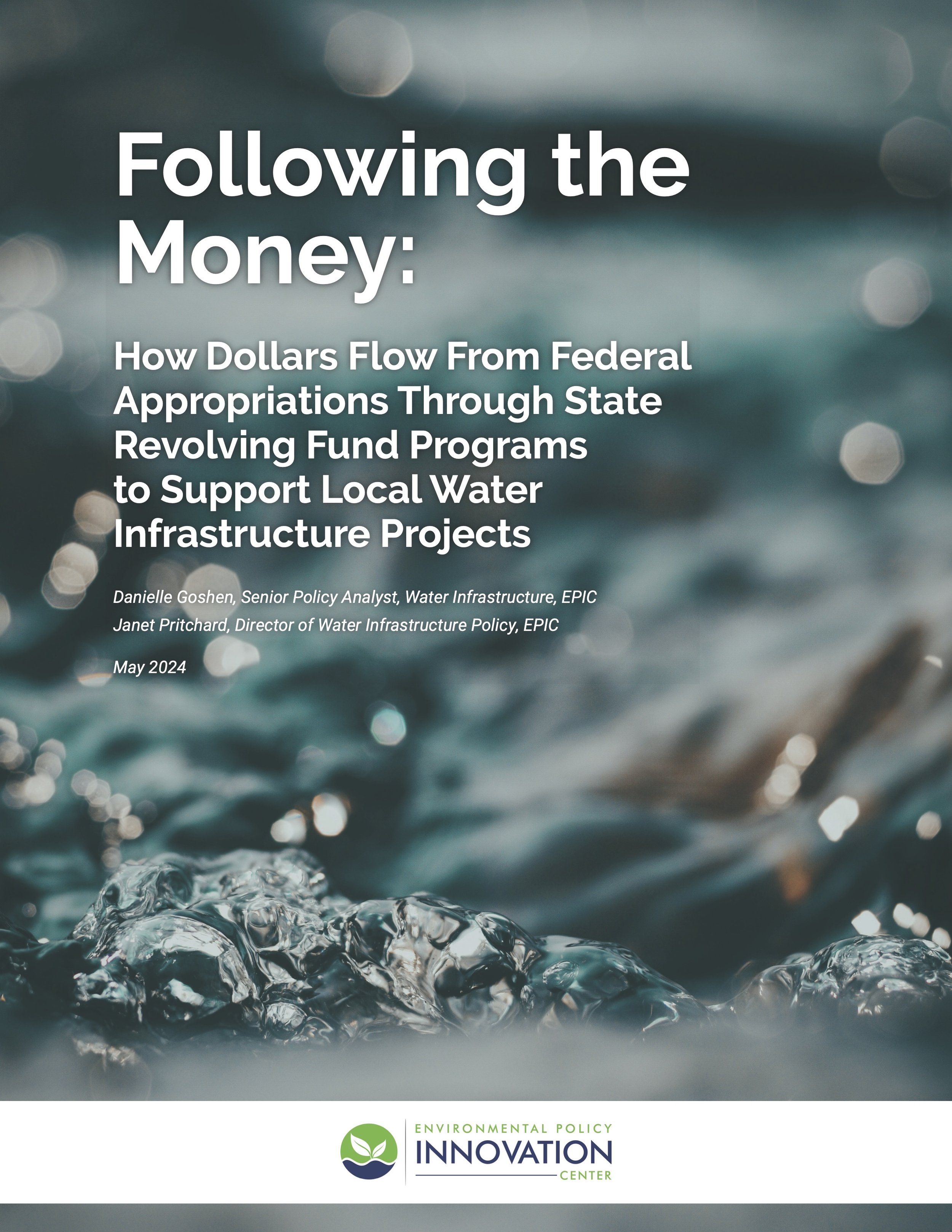Following the Money: How Dollars Flow From Federal Appropriations Through State Revolving Fund Programs to Support Local Water Infrastructure Projects
The State Revolving Funds (SRFs) stand as a cornerstone in the financing and funding of local drinking water and wastewater projects across the US. Together, the SRF programs have channeled billions of dollars to states through the Clean Water State Revolving Fund (CWSRF) created in 1987 under the Clean Water Act (CWA), and the Drinking Water State Revolving Fund (DWSRF) created in 1996 by amendments to the Safe Drinking Water Act (SDWA). Both programs are managed at the federal level by the US Environmental Protection Agency (EPA), but are implemented through state-run programs. Importantly, the 2021 Bipartisan Infrastructure Law (BIL) also known as the Infrastructure Investment and Jobs Act (IIJA), has infused the SRFs with more than $43 billion over five years to improve drinking water, wastewater, and stormwater infrastructure. Of this, $15 billion is specifically for lead service line replacement and $5 billion is specifically to address emerging contaminants such as per- and polyfluoroalkyl substances (PFAS). While federal funding plays a key role in providing the seed capital for SRFs, states retain broad discretion over how to administer their SRF programs.
EPIC’s work on SRF policies focuses on identifying viable and impactful policy options that states can adopt to deliver stronger equity and resilience outcomes from their SRF programs. We further work to build the capacity of SRF program administrators, local water systems, state-based advocates, and community based organizations to understand and advance these policy recommendations.
Because states have broad discretion over their SRF programs, the state processes and policies that define and shape these programs can vary widely. Moreover, many state SRF programs lack transparency and can be hard for stakeholders to decipher. EPIC aims to demystify state SRF programs by unpacking key issues and elements about how these programs work.
Understanding the intricate flow of funding for water infrastructure projects from White House executive budget requests to communities can be daunting. Yet, comprehending these processes is critical for grasping how water infrastructure projects come to life. On the path to state SRF agencies finalizing award agreements with communities, there are dozens of steps, often consisting of timeline windows of months or even years during which each step can take place; while at the same time there are also some hard deadlines that states and communities must adhere to. EPIC’s Following the Money explainer aims to demystify how SRF funds move from Congressional appropriations through state SRF programs to fund local water infrastructure projects, outlined in 19 steps over four stages. We also explain key concepts involved in the process.


